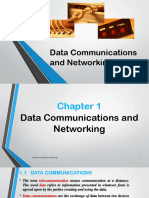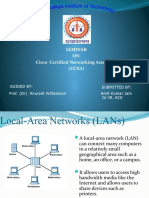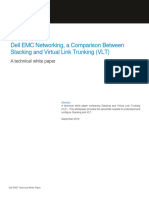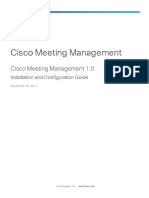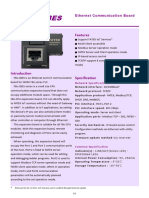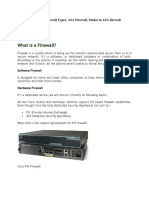0% found this document useful (0 votes)
94 views19 pagesNetwork Fundamentals Lecture Notes
The CCNA Lecture Notes Vol 1 provides a comprehensive overview of networking fundamentals, including key concepts such as the OSI and TCP/IP models, types of networks, and network topologies. It serves as a study guide for individuals preparing for the CCNA certification, featuring structured content, review questions, and practical application tips. The notes emphasize the importance of networking in resource sharing, communication, and scalability.
Uploaded by
Adrian FerrerCopyright
© © All Rights Reserved
We take content rights seriously. If you suspect this is your content, claim it here.
Available Formats
Download as PDF, TXT or read online on Scribd
0% found this document useful (0 votes)
94 views19 pagesNetwork Fundamentals Lecture Notes
The CCNA Lecture Notes Vol 1 provides a comprehensive overview of networking fundamentals, including key concepts such as the OSI and TCP/IP models, types of networks, and network topologies. It serves as a study guide for individuals preparing for the CCNA certification, featuring structured content, review questions, and practical application tips. The notes emphasize the importance of networking in resource sharing, communication, and scalability.
Uploaded by
Adrian FerrerCopyright
© © All Rights Reserved
We take content rights seriously. If you suspect this is your content, claim it here.
Available Formats
Download as PDF, TXT or read online on Scribd
/ 19










